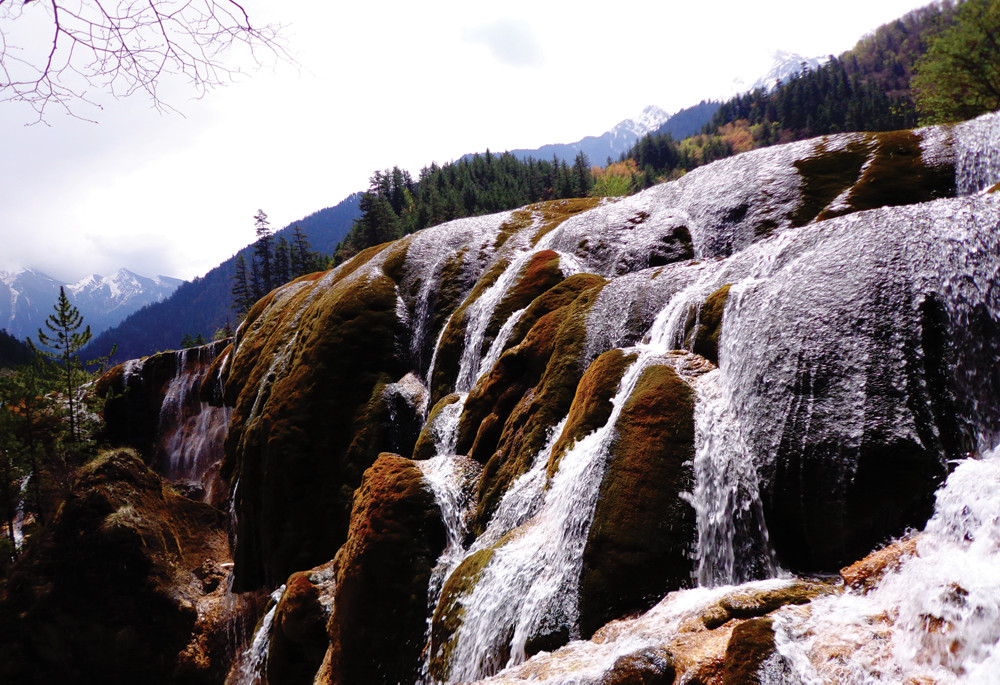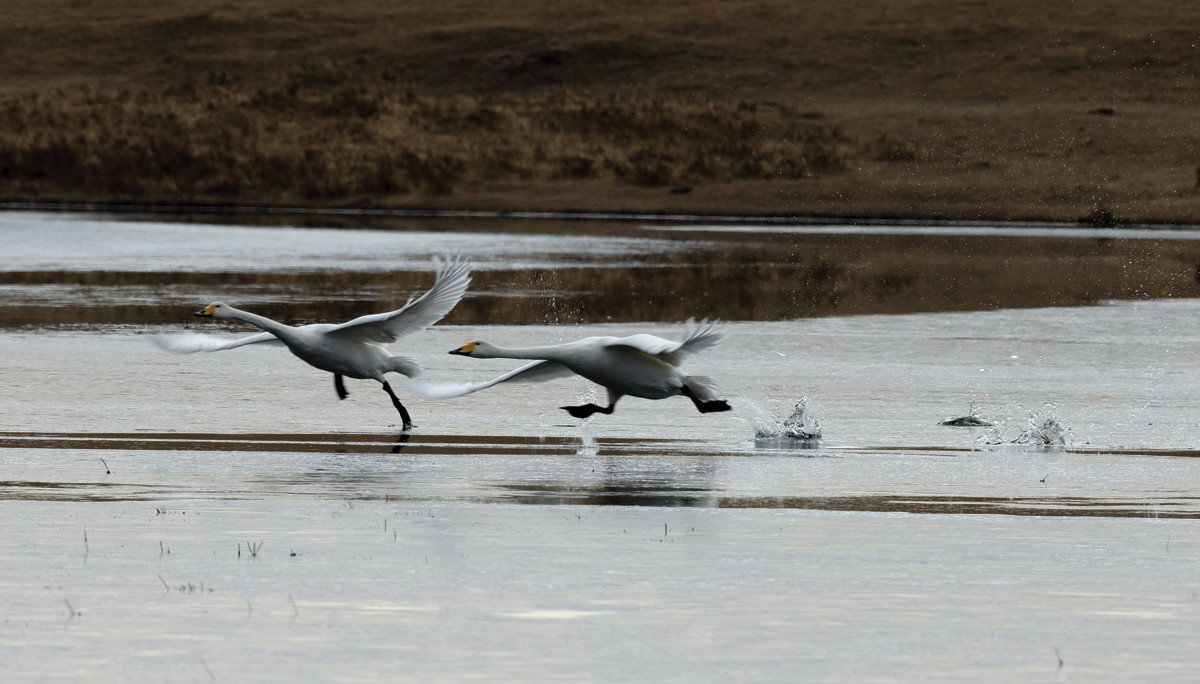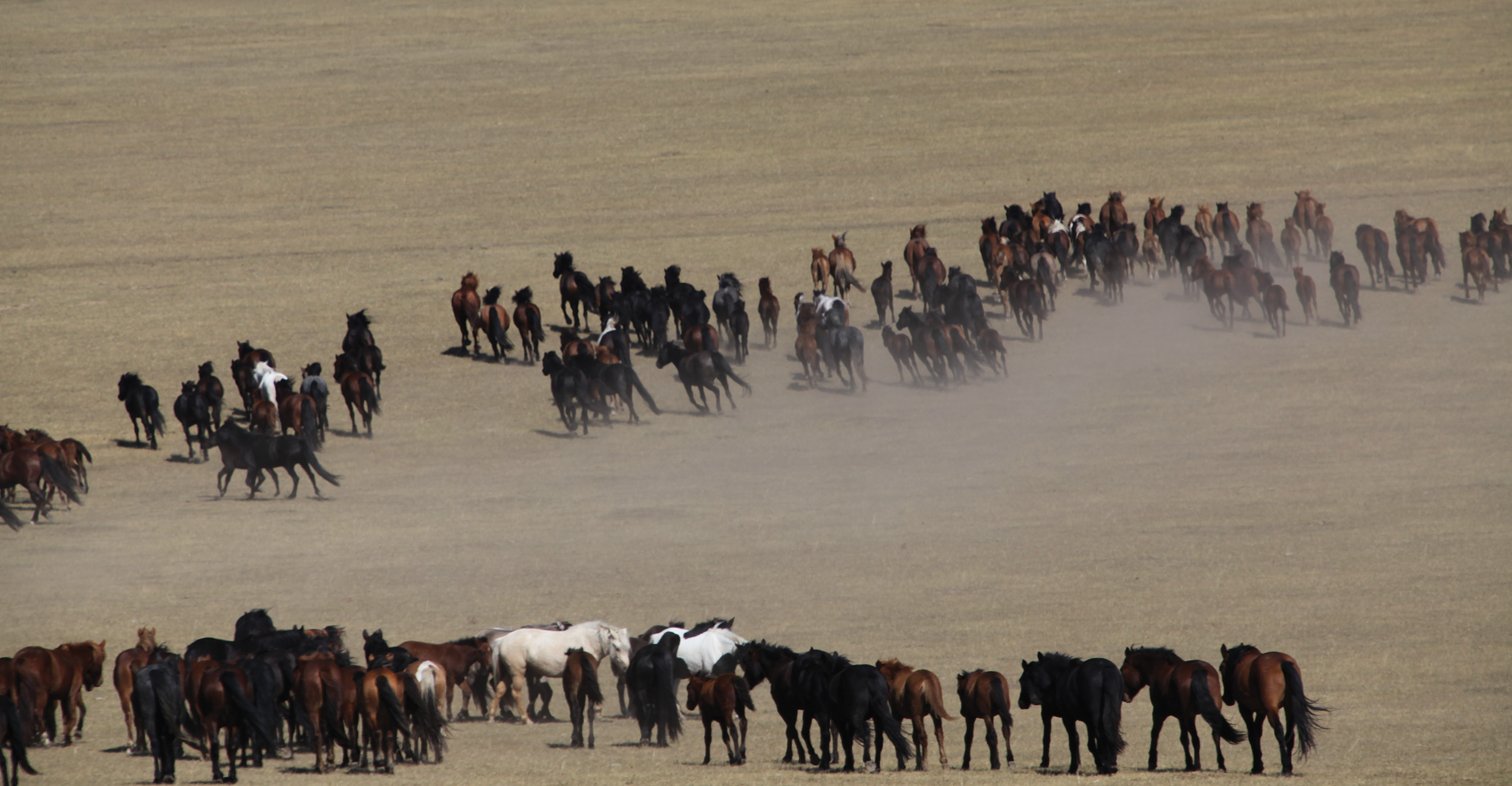Wild China : Beautiful China
From record-breaking growth rates to the smog of Beijing, China often makes the headlines for its economic rise and its environmental problems. But the country is rarely considered for its highest mountains, hot deserts, cold terrains, sceneries of outstanding natural beauty as well as plant and animal life on which China and the Chinese so greatly depend. The nature documentary series Wild China, a pioneering series capturing China’s spectacular array of creatures which inhabits the country’s most beautiful landscapes, aims to put that right.
Wild China is a six-part nature documentary co-produced by the British Broadcasting Cooperation (BBC) and Chinese Central Television (CCTV). It was first aired in the United Kingdom in May 2008, just three months before the opening of the Beijing Olympic Games. The timing was intentional on the side of the Chinese authorities, who granted permission for the documentary to be made: it wanted to showcase China as a tourist destination of outstanding natural beauty in that memorable Olympic year. For Phil Chapman, the series producer, the documentary was just as much for internal as for external consumption though: “We want the Chinese to feel proud of their countryside and wildlife, to care about it and to seek to ensure its survival,” he wrote. Chapman would go on to add: “We also hope to redress the negative view of China’s environment propagated in western media.”
Because of the unique collaboration between the BBC and CCTV, the six episodes went further than any other nature documentary beforehand in presenting China’s lesser-known natural history to the widest possible audience. Unprecedented access was given to the BBC to film in remote parts of China. The film crews painstakingly filmed a number of creatures using a blend of traditional filming techniques with special ones, such as time lapse sequences and the use of the thermal imaging cameras. Never before seen on film, viewers witnessed on their television screens the spectacular sight of Rickert’s mouse eared bat catching a fish in the dark and the rare primates Francois’ leaf monkeys entering their caves at night in the first episode entitled Heart of the Dragon.

Copyright: Ding Xiyuan(丁喜媛)
As the country with the world’s largest population and third biggest in terms of landmass, the documentary filmmakers faced an herculean task in choosing the kinds of species to capture on film, especially as China is home to some of the rarest primates, over 3000 unique plant species as well as animals on the verge of total extinction, such as the wild Asian Elephant. In a tour de force, the documentary cleverly took commonly associated aspects of Chinese geography as well as Chinese animal and human culture, using them as titles for each episode and enticing potential viewers to learn more about Tibet (Episode 3), Beyond the Great Wall (Episode 4) or the Land of the Panda (Episode 5). Instead of focusing purely on animals or solely on human culture or physical geography, the documentary blends them all together into one. It tells of an interaction between humans and animals in the varied environs which they both inhabit.
Geography plays a key role in the documentary as a whole: it pinpoints animal and plant life to a particular place and conveys in an easy-to-understand language explaining why specific locations are favourable to certain species. In the second episode entitled Shangri-La, for instance, viewers learn of the special meteorological conditions in the south-western Yunnan province that stem from the Indian Ocean and force monsoon rainclouds further north than usual. The result is spectacular: a unique tropical biodiversity that boasts some of the rarest plants on earth, something that the documentary likens to that earthly paradise and home to mythical Himalayan utopia: Shangri-La.
Just as physical geography plays an important role in the documentary as a whole, so does human geography and the impact of human behaviour on the wild. It would be far-fetched to say that the documentary presents a one-sided, overly positive view of the Chinese environment. It does not. Instead, it speaks some truths about the lack of care, conservation and consideration in protecting endangered species. One of the reasons why, for example, the freshwater turtle is close to extinction is because these animals along with 25 other freshwater species, are considered gourmet delicacies in China. In a rather matter-of-fact tone, the narrator puts it like this: “Some animals are rare, even close to extinction because the Chinese are accustomed to eating them.”

Copyright: Li Shujun(李树军)
Although rarity of endangered species is a recurring theme in Wild China, the documentary does highlight examples of animal conservation projects that seek to protect species from total extinction. It shows how the Chinese, often with government assistance, have pursued a policy of direct intervention to save species from absolute extinction. The fifth episode Land of the Panda elaborates on the examples of the Chinese alligator and crested ibis. The same episode also contrasts the more enlightened approach to conservation of endangered species of recent governments compared to mismanagement during the Mao administration.
Wild China also tells the story of transformation processes over given periods of time, some of which encompass the lifespan of animals and humans; others are much broader, spanning eras, even geological epochs. The sixth and last episode entitled Tides of Change focuses on transformation in terms of migration. Human migratory flows in China have had a massive impact on urban centres, the majority of which are located on the eastern coast. Now home to half of the country’s population of 1.3 billion people, the eastern coast from Shandong in the north to Guangdong in the south does not just play host the migration of humans though; it is an important migratory route for birds. But the last episode, just like the six before it, gives a mixed picture of the impact of these and other transformations. On the one hand, people and animals (including birds) coexist alongside each other in harmony and have done so for centuries; and yet, the documentary reveals instances of an uneasy relationship between the wildlife and humans in modern China.
This unique joint BBC-CCTV documentary journeys through a country of spectacular national beauty, revealing to the unsuspecting viewer a plant and animal kingdom which they might not have initially associated with China. Through exceptional camera work, plain-speaking and, at times, witty narration as well as its wide geographical reach, Wild China succeeds in painting a picture of the diverse Chinese animal kingdom and natural environment, of which its human citizens can feel a great sense of pride. The series also counterbalances this projected, positive image with the vital importance of conservation and protection of this special environment so that future generations can respect, admire and enjoy it as well. Highly recommendable viewing, the six-part Wild China documentary leaves the viewer with a readjusted perception of China that is considerably more diverse, more varied, even more exotic than the image generally portrayed of this country elsewhere in the media.

 Share on Facebook
Share on Facebook Share on Twitter
Share on Twitter Share on LinkedIn
Share on LinkedIn